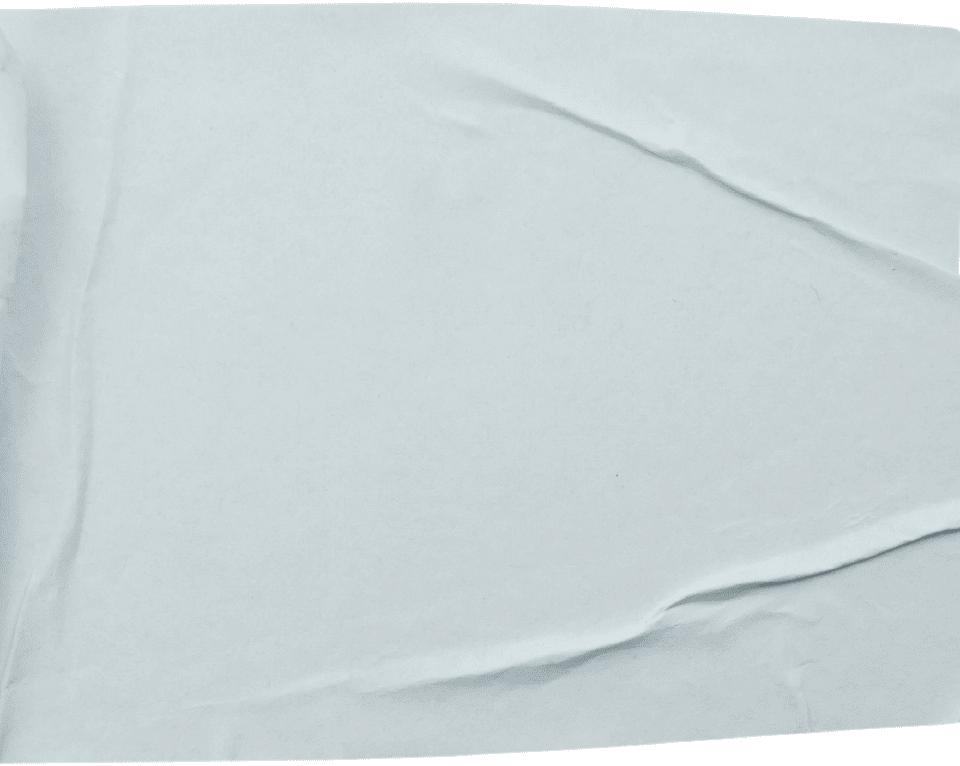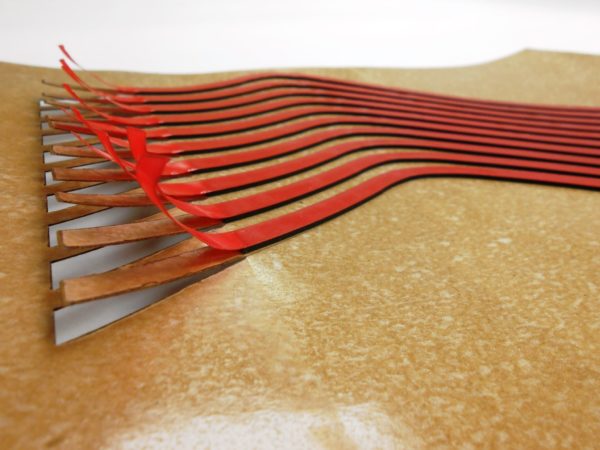Summer’s heat and humidity can be especially damaging to adhesive materials.
If not properly shielded , the siliconized release liner of your pressure-sensitive adhesives (PSA) will wrinkle and pucker in the heat — called cockling — resulting in overall production kinks and system failures.
With the start of summer rapidly approaching, protection of your adhesive materials is critical to ensure they perform well in your application year-round. That’s why we turned to Adchem Corporation for tips on how to defend products against the harmful effects of cockling.
Causes and Potential Damage
The nature and composition of PSAs make them susceptible to cockling, as 85% of release liners are derived from highly absorbent paper and wood pulp materials. In high humidity environments and during the hot summer months, these materials absorb the atmosphere’s moisture, making them swell and curl.
In addition to humidity, general fluctuations in temperature can cause cockling. These fluctuations create a harmful cycle in which the wood fibers dry out in elevated temperatures and condensate during the cooling process. The constant changes in both temperature and moisture ripen the material for cockling.
Either of these conditions can damage and ruin your material in the following ways:
- Performance failure – Air pockets form, so the release liner no longer protects the adhesive, resulting in dried-out adhesive.
- Fabrication issues – Wrinkles and creases in the first and second laminating process waste material and can clog converting equipment, such as die cutting and printing tools, during the manufacturing process.
- Uneven adhesive performance – Inconsistent adhesive causes the liner to be pulled off during cutting, resulting in the creation of extra waste.
- Increased costs – All of the aforementioned issues will drive up your overall cost.
Solutions
For enhanced adhesive material protection against cockling, OEMs should take the following precautions throughout the manufacturing process:
- Use a more effective material such as poly-coated liners.
- Use a higher-basis weight material with a layer of poly-coating on both sides.
- Minimize the amount of heat applied to paper during manufacturing of the release liner.
- Re-moisturize the release liner to mitigate drying and restore moisture levels.
- Always store liners in a cool, dry environment.
- Wrap plastic around both ends of each roll to keep moisture away and wrap the entire roll after a laminating job.
By taking these provisions, OEMs can help to protect the release liner, defend against cockling, and maintain the proper performance and appearance of the adhesive system.
Why CGR?
CGR Products proudly follows Adchem’s best practices for adhesive materials, ensuring your finished component is always prepared to perform at its best. Our adhesives are specially designed to withstand harsh conditions that lead to cockling, including extreme environments and temperatures.
For more information about our adhesive offerings, visit our Tapes & Adhesives page.


